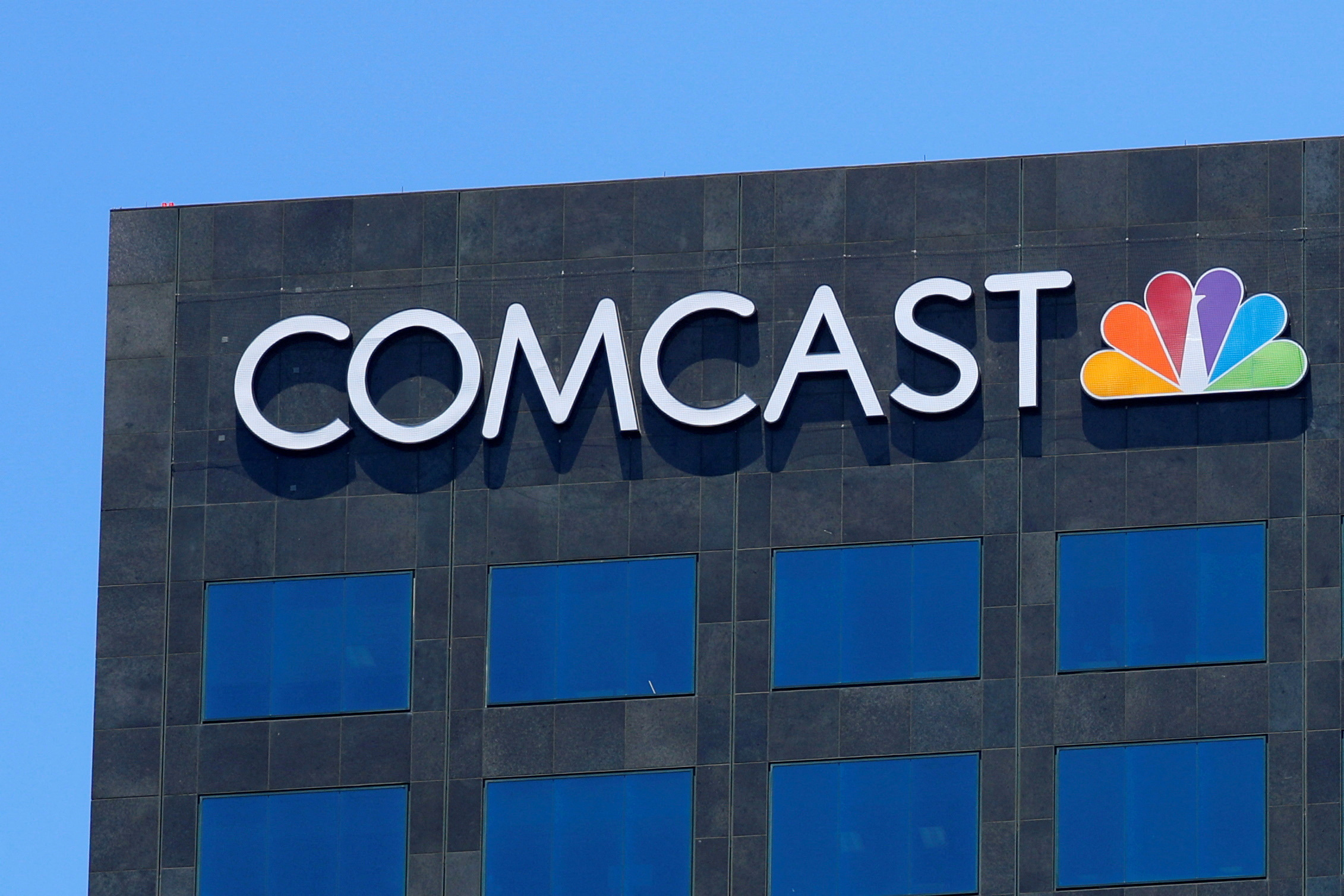Comcast is wrapping off the year by deploying a DOCSIS 4.0 flag in Philadelphia, enabling a symmetrical multi-gig connection for a business customer on the city’s live network. Comcast’s Chief Network Officer Elad Nafshi told Fierce that the operator’s next steps would be to strengthen its full duplex (FDX) technology and figure out how to expand from one connection to millions as it prepares for widespread deployments in the second half of 2023.
In September, Comcast demonstrated FDX speeds of 6 Gbps downstream and 4 Gbps upstream utilizing a six-amplifier cascade. While amplifiers will be critical to Comcast’s broader deployment, Nafshi says none were utilized in the company’s most recent testing in Philadelphia because they are still in development. He stated that the trial achieved symmetrical rates of 4 Gbps, but that speed was not the primary aim of the test.

“This is showcasing the fact that this is getting ready for prime time,” he said. “The speed [question] is just how do we operationalize the modulation of the delivery after the path is set. I’m more excited right now about just being able to put that on a live plant and have that comingle, interface with everything else that we have. That really validates that DOCSIS 4.0 can coexist on the existing network with everything else that we have, the video channels, the DOCSIS 3.0, DOCSIS 3.1, et cetera.”
According to Nafshi, the trial allowed them to test a variety of DOCSIS 4.0 modems. When asked with whom it is collaborating, he stated that it is continuing existing cooperation with Technicolor.
According to the CNO, Comcast remains committed to broad DOCSIS 4.0 installations in the second half of 2023. So, over the next few months, it will focus on how to install amplifiers in the field, harden that equipment, and put the operational pieces together so that it can add, run, and sustain multi-gig services seamlessly in the future. Of course, it will also aim to increase the available multi-gigabit speeds. It now offers an asymmetrical DOCSIS 3.1 solution with up to 200 Mbps upstream and 2 Gbps down.
Comcast has set a target of providing multi-gig access to 56 million sites by the end of 2025. According to Nafshi, the DOCSIS 4.0 rollout will be an overlay on top of that upgrade, and he expanded on a comment he made in November that Comcast expects to be able to get there with a less than $200 cost per passing.
“Not all of it is incremental because many of those homes would have required capacity augmentations just by normal operations. The net incremental cost is actually much lower than that. So, the $200 is a gross number, not a net number,” he concluded.


